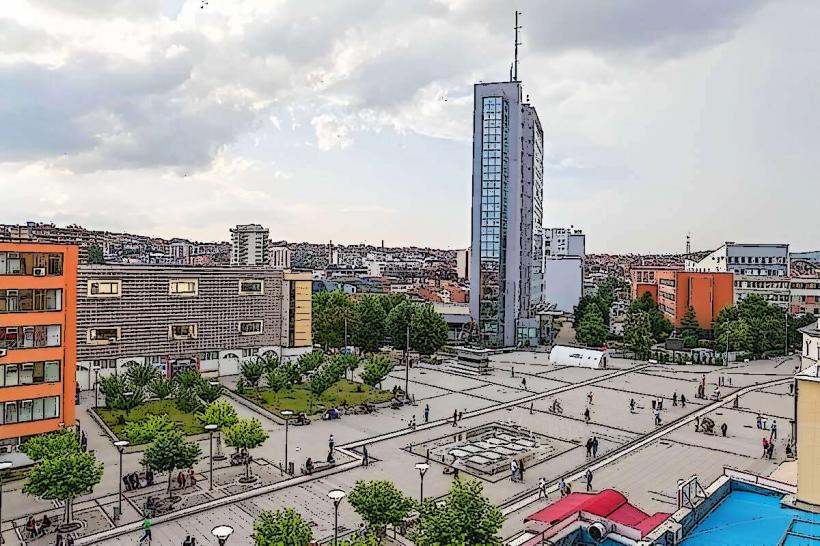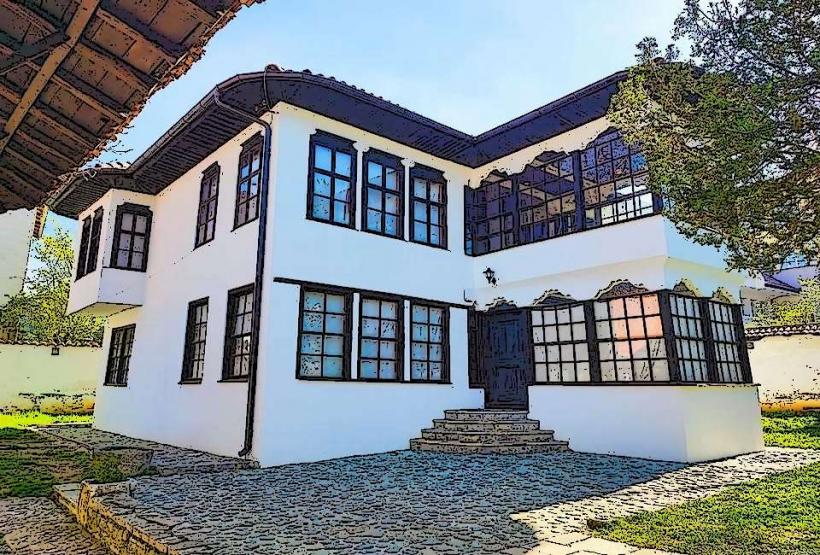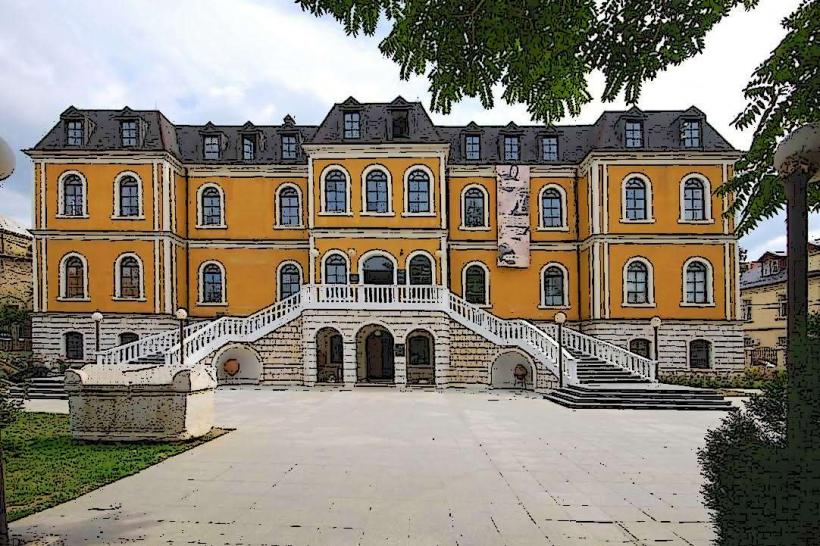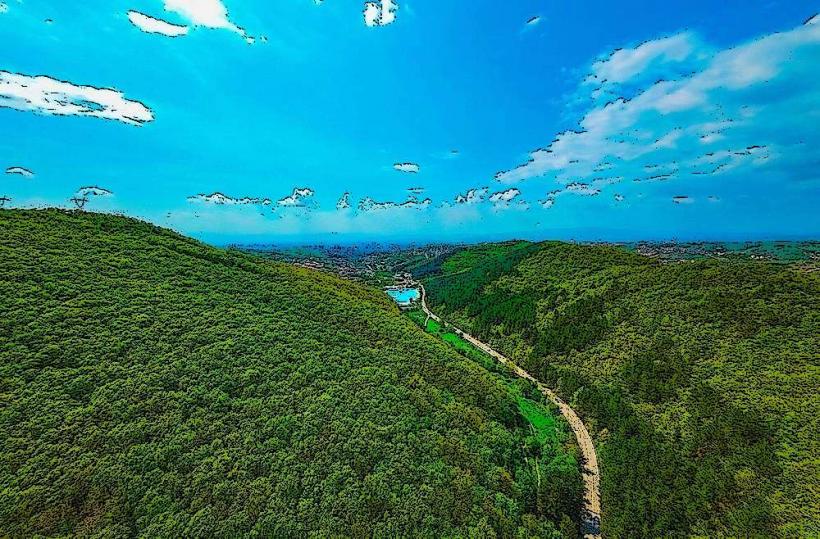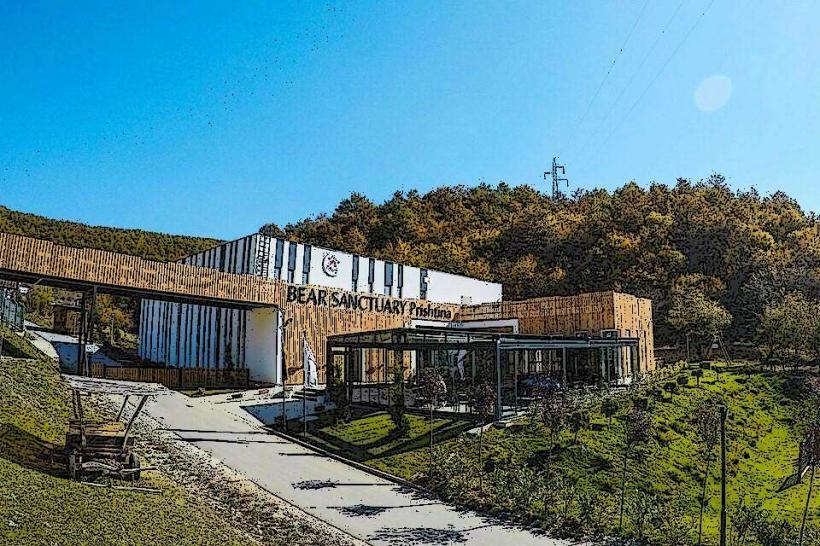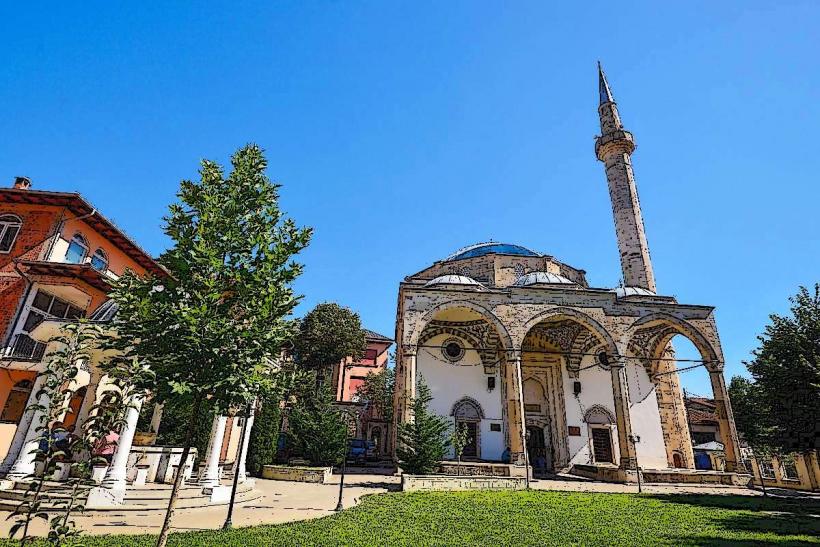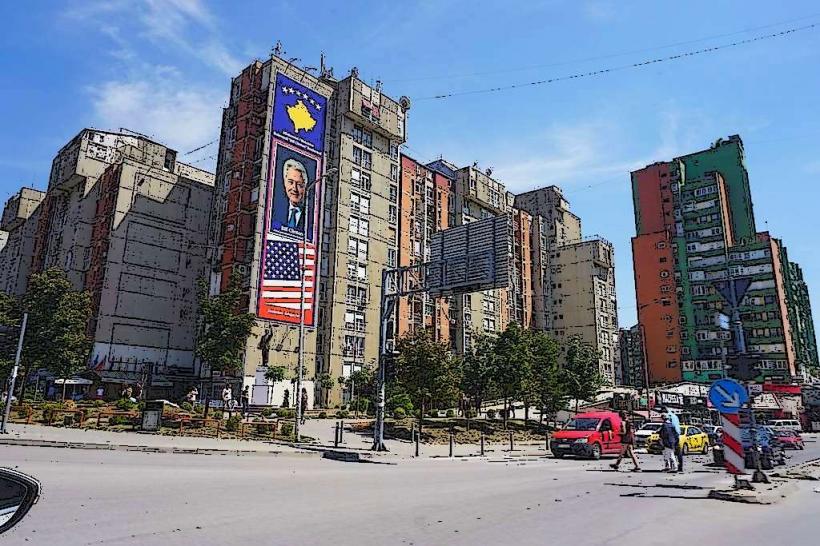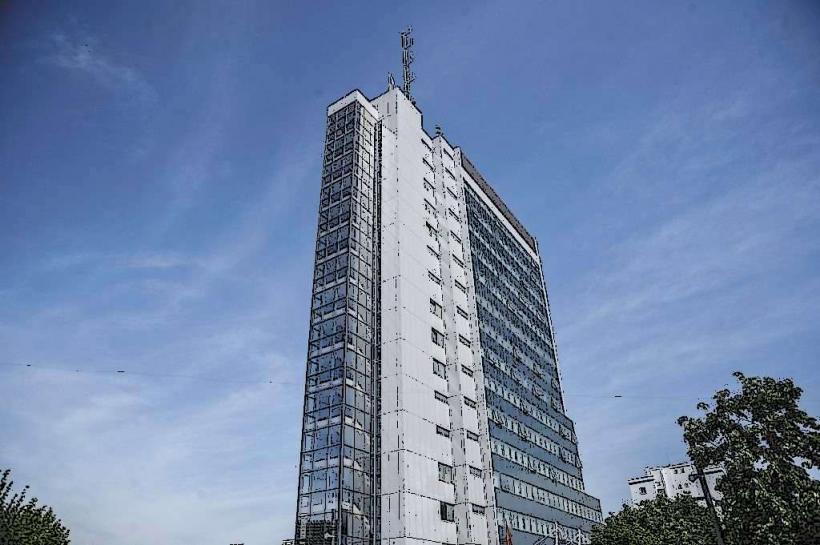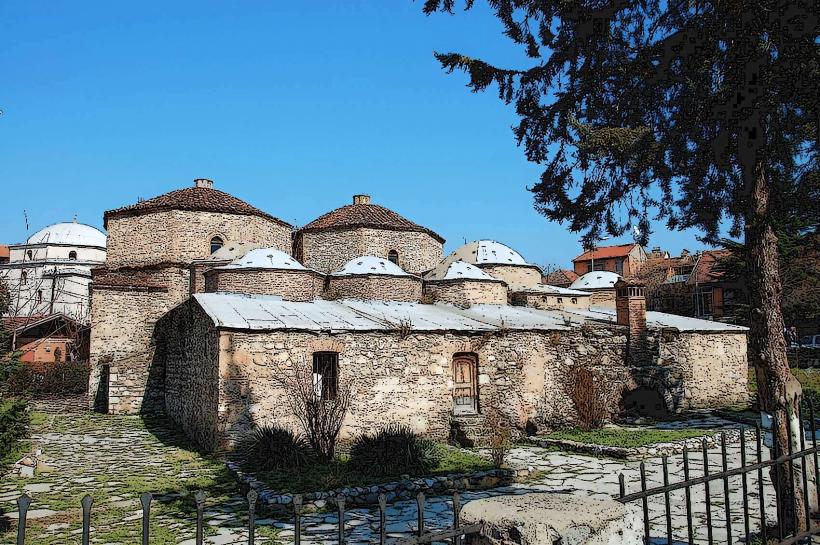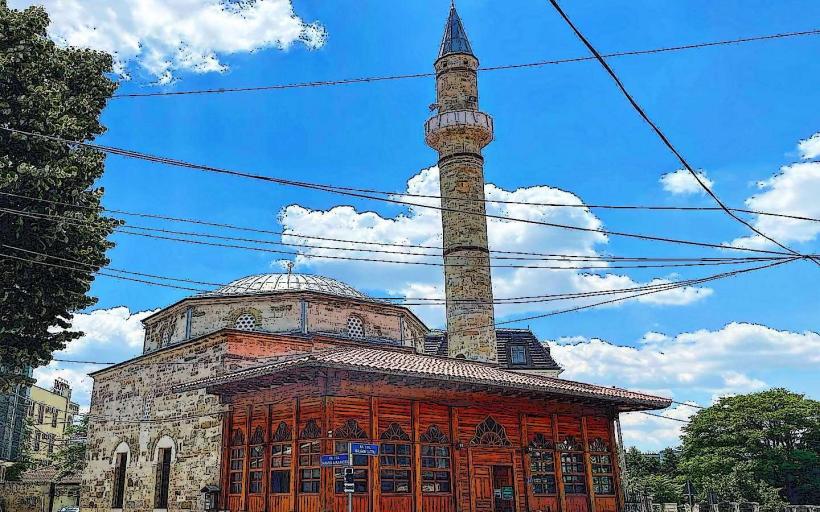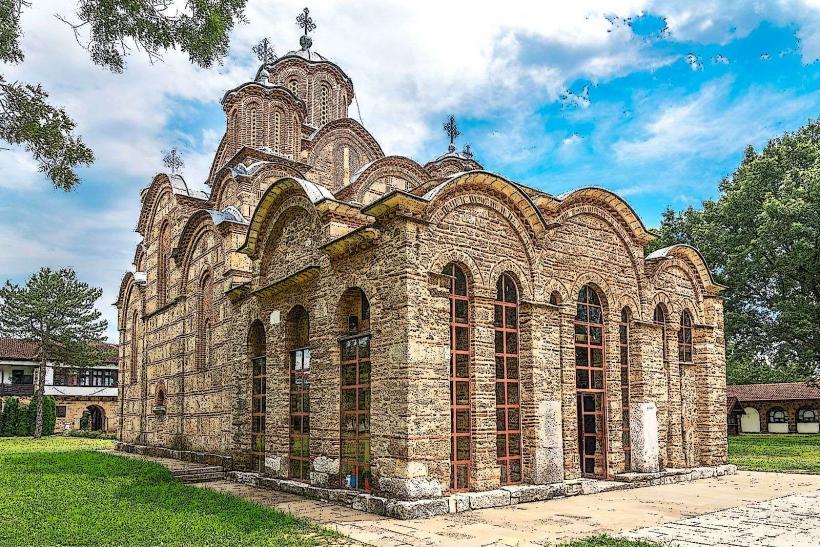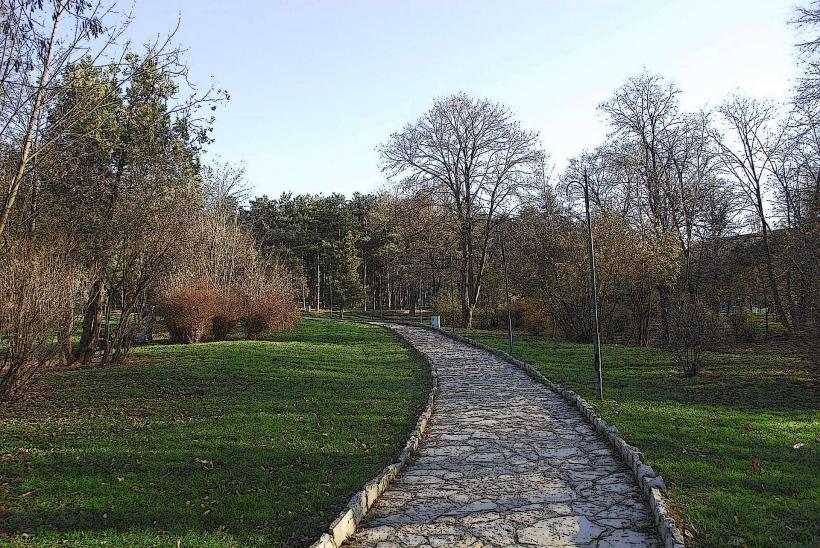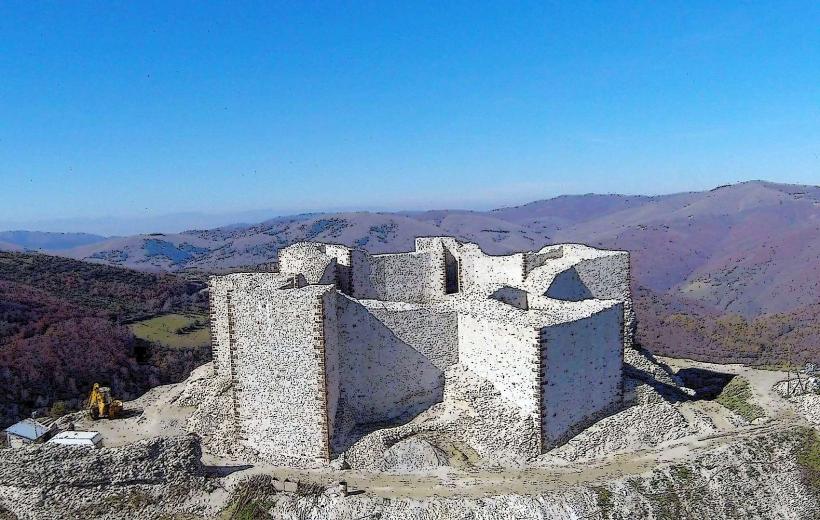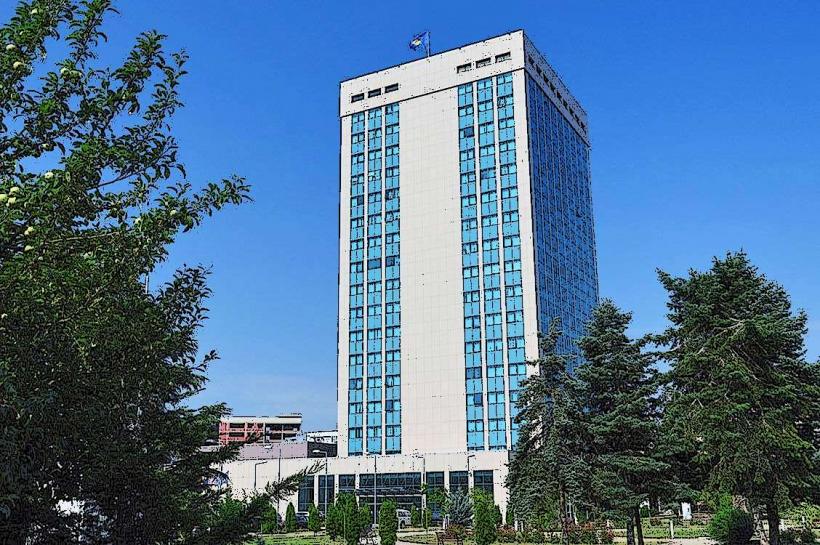Information
Landmark: National Theatre of KosovoCity: Pristina
Country: Kosovo
Continent: Europe
The National Theatre of Kosovo (Teatri Kombëtar i Kosovës) is one of the most important cultural institutions in Pristina, the capital of Kosovo. It serves as the country's premier stage for dramatic performances, including plays, ballets, operas, and other live performances, and plays a central role in the development of Kosovo’s cultural identity.
Historical Background
The National Theatre of Kosovo was founded in 1953, initially under the name Kosovo National Theatre. However, the theater’s history is deeply tied to Kosovo’s political and cultural evolution, particularly following the 1999 Kosovo War and the region's declaration of independence in 2008.
Yugoslav Period: Initially, the theater was part of the broader cultural framework of Yugoslavia. The theater was one of the key cultural establishments in the region during this period, and performances often included works from across the Yugoslav cultural spectrum.
Post-War Rebuilding: After the war and Kosovo’s entry into a new phase of its statehood, the National Theatre of Kosovo faced significant challenges in terms of infrastructure, resources, and political upheaval. Despite these obstacles, the theater remained a symbol of the resilience of Kosovo’s artistic community.
Post-Independence: After Kosovo declared its independence from Serbia in 2008, the theater became an important symbol of the newly sovereign state. It continued to serve as a platform for the development of Kosovo’s cultural and artistic scene, reflecting the country's evolving national identity.
Architecture and Design
The National Theatre is located in the heart of Pristina, near other key landmarks such as the Bill Clinton Boulevard. The building’s architecture reflects a mix of modern and traditional elements, symbolizing the theater's role as both a contemporary institution and a cultural custodian of Kosovo’s heritage.
Exterior: The exterior of the building is characterized by large, bold structures that draw attention. The building's facade is simple but elegant, often featuring large windows and open spaces that allow light into the main theater hall.
Interior: Inside, the theater boasts modern facilities and a spacious stage that allows for a variety of performances. The interior design focuses on functionality while also offering an intimate atmosphere for performances. The audience hall is designed to enhance the theatrical experience, with acoustics that accommodate both dramatic plays and musical performances.
Performances and Programming
The National Theatre of Kosovo hosts a wide range of performances, including:
Dramatic Theater: The National Theatre is primarily known for its dramatic performances, which include both local plays by Kosovo writers and international classics. Performances are often in Albanian, though some productions also incorporate Serbian and other languages to reflect the multicultural nature of Kosovo’s population.
Contemporary Works: Over the years, the theater has hosted many contemporary plays, providing a platform for young and emerging writers and directors from Kosovo and the wider Balkans. These performances explore a range of themes, from Kosovo's history and the impact of the 1999 war to broader social, cultural, and political issues.
Dance and Music: In addition to drama, the National Theatre of Kosovo also presents performances of ballet and opera. These performances are an important part of the theater’s cultural offerings and showcase the country's artistic talent in the fields of dance and classical music.
Festivals and Special Events: The National Theatre is also home to various cultural festivals, events, and collaborations with international cultural organizations. These festivals often feature guest performances from artists and theater groups from around the world.
Cultural and Political Importance
Cultural Identity: The National Theatre of Kosovo plays a key role in shaping and expressing Kosovo’s national identity. It is a space where the country’s complex history, its aspirations for the future, and the rich traditions of the Albanian culture are explored and celebrated.
Artistic Freedom: The theater is also a symbol of artistic freedom in Kosovo, providing a venue for local artists to express themselves without censorship. It is an institution that has continued to grow in prominence and importance as Kosovo solidifies its independence and seeks recognition in the international cultural community.
National Pride: The National Theatre is a point of pride for Kosovo's citizens. It not only serves as a space for performance but also as a venue for national discussions on issues of identity, politics, and social change.
Modern Role and International Relations
The National Theatre has strong ties with other cultural institutions in Southeast Europe and beyond. It regularly hosts visiting theater companies from other countries and is part of the broader European network of theaters.
International Collaborations: The National Theatre of Kosovo is also involved in cultural exchanges and co-productions with theaters and cultural institutions around Europe, strengthening Kosovo’s presence on the international cultural stage.
Education and Outreach: The theater plays an important role in the education of young Kosovars, particularly those interested in the arts. The theater frequently organizes workshops, seminars, and educational programs for students and emerging theater professionals.
Conclusion
The National Theatre of Kosovo is a cornerstone of the country's cultural life, reflecting both Kosovo's rich artistic traditions and its aspirations as an independent nation. It serves as a place for artistic expression, national pride, and international collaboration, making it a vital part of Pristina’s cultural and social landscape. Through its diverse programming and strong role in the promotion of Kosovo’s artistic and cultural identity, the theater continues to play a key role in shaping the country’s artistic future.


